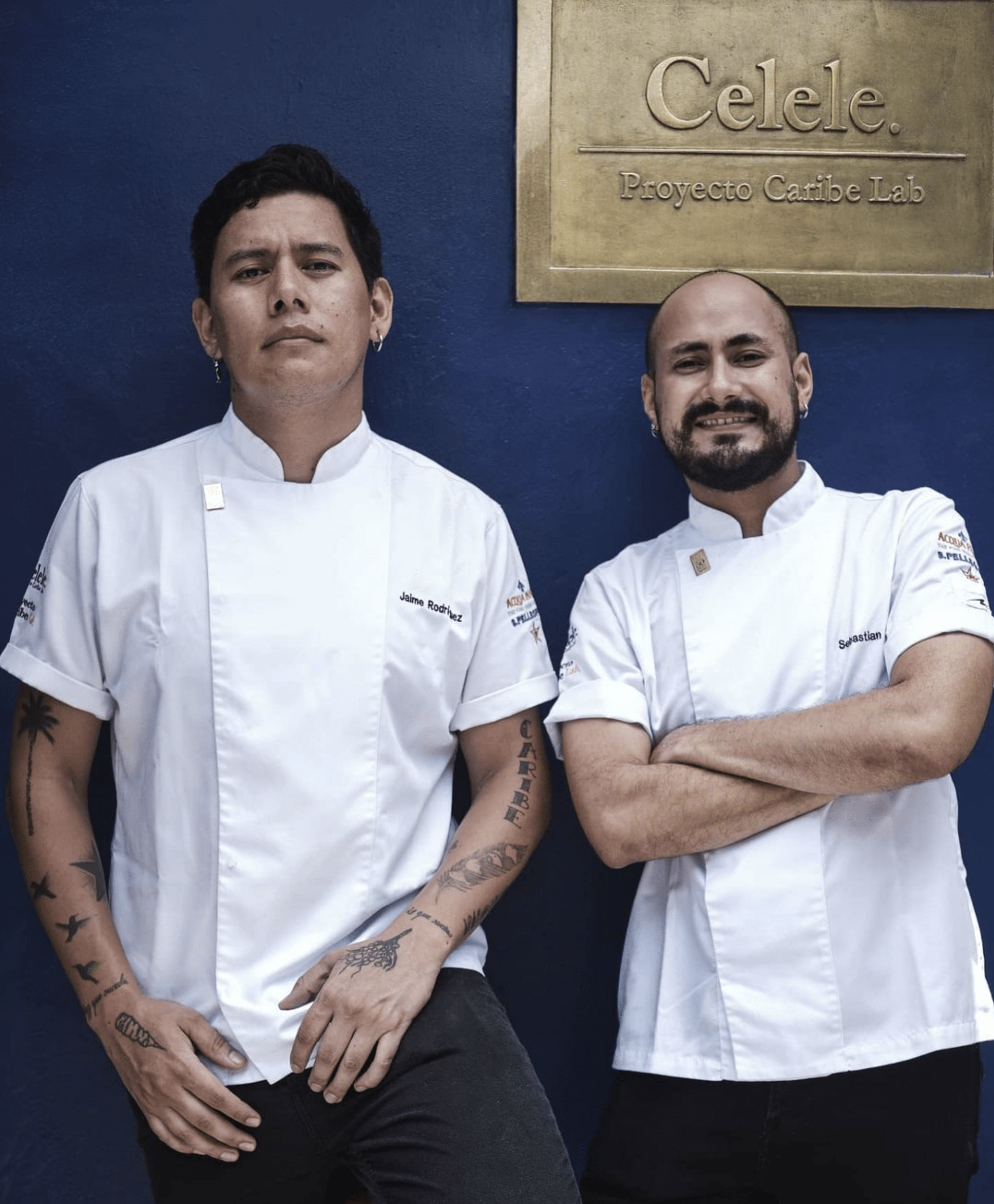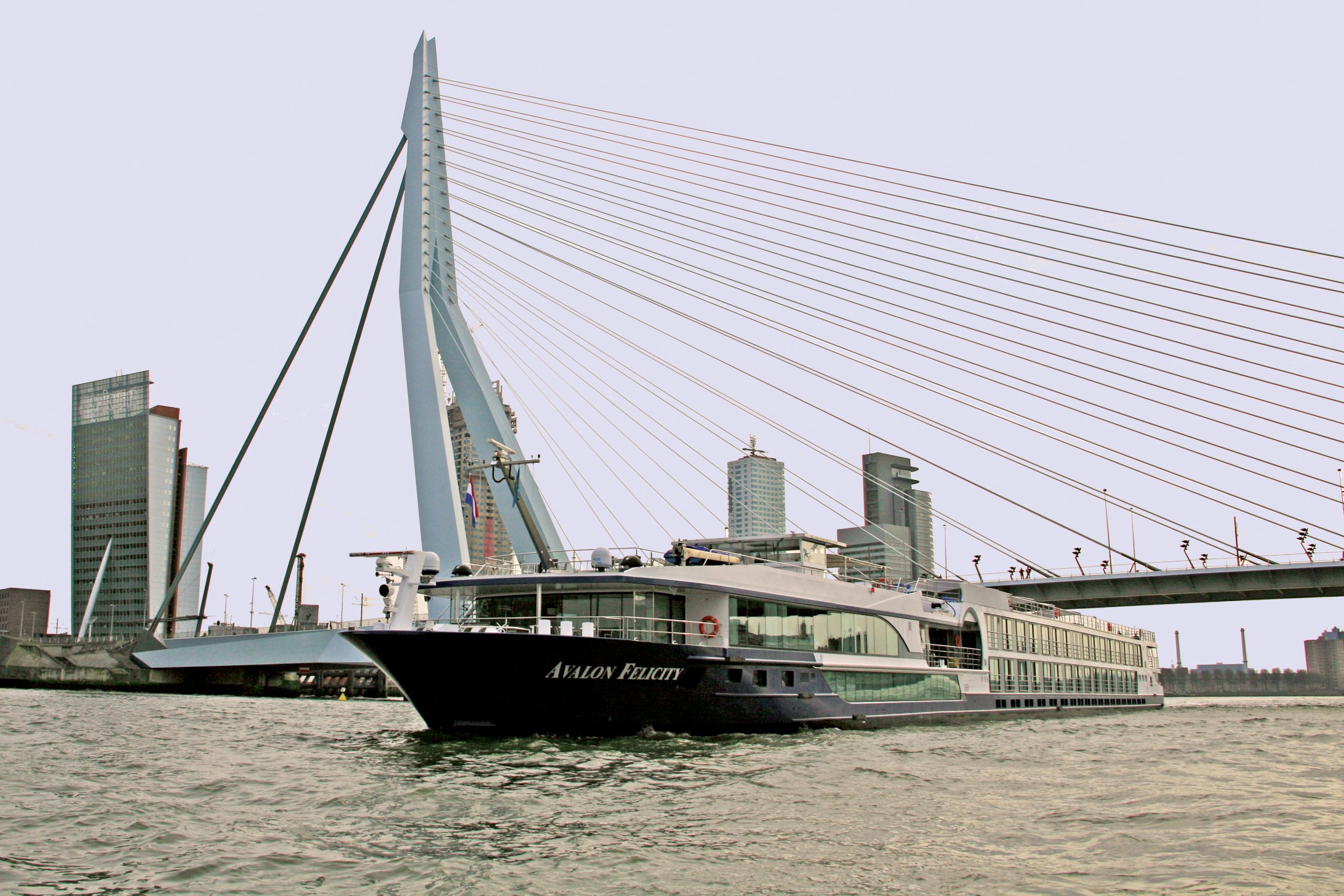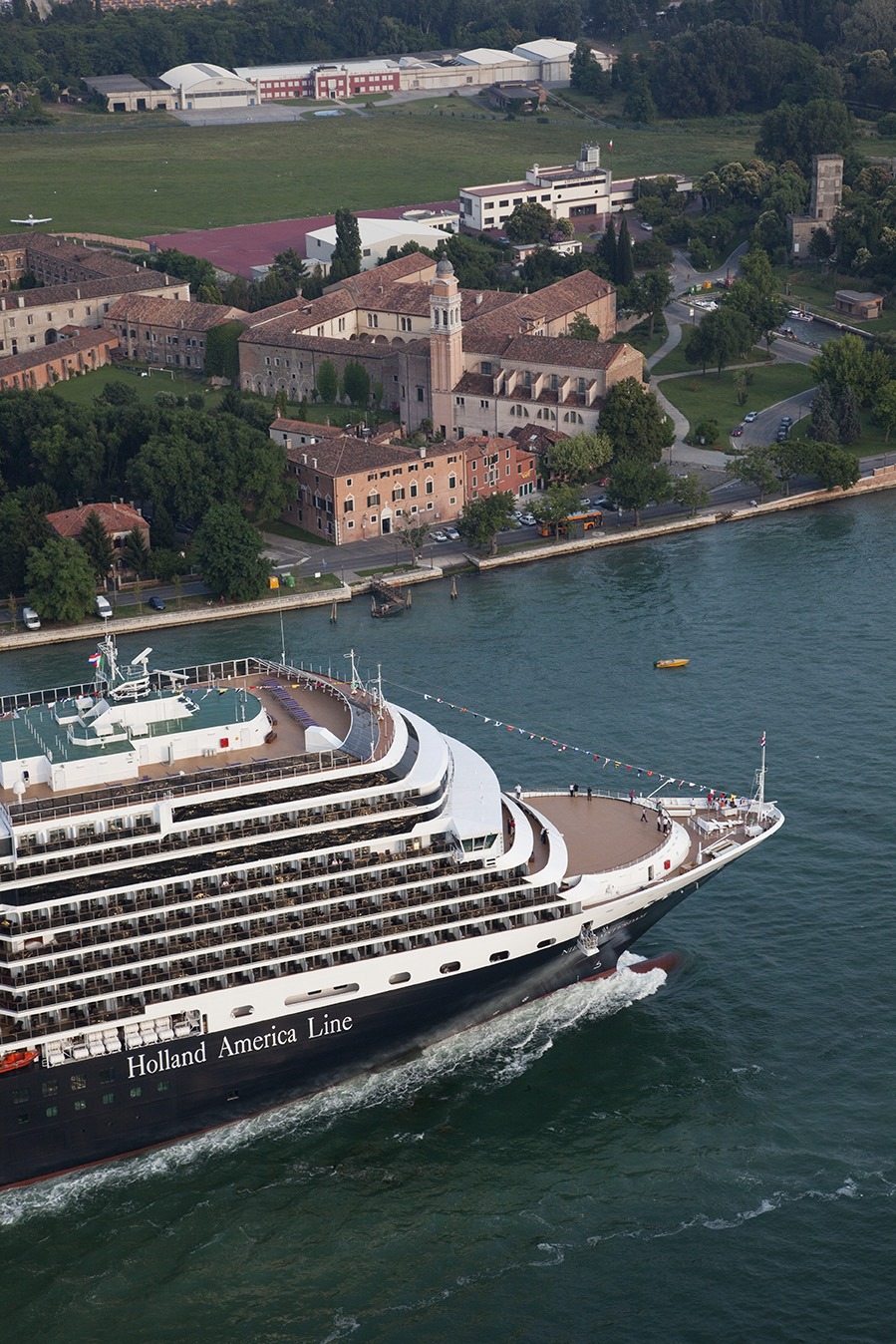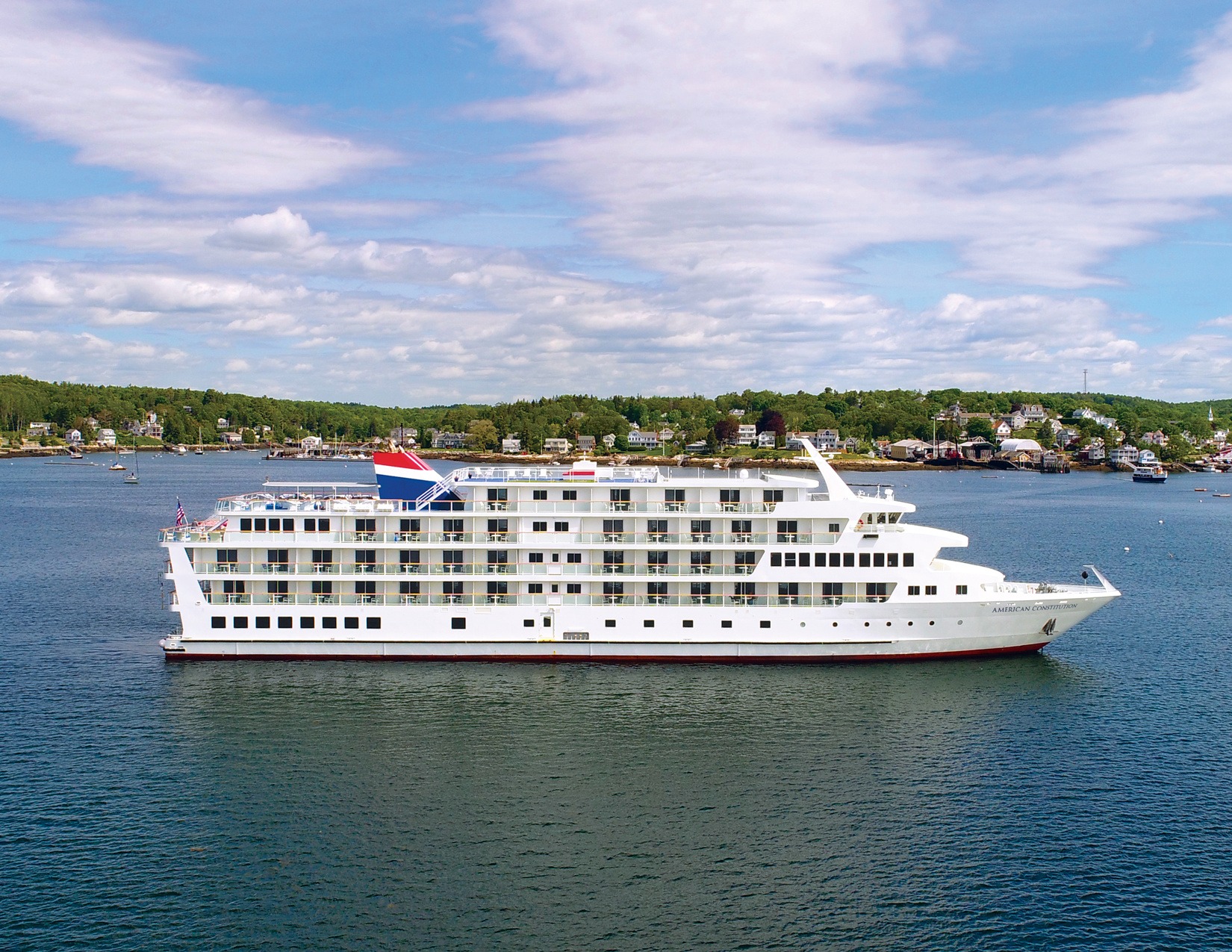
From Rice & Beans To Haute Cuisine
It’s a sultry, stormy Wednesday night in early September and Cartagena’s streets near the historic walled city are temporarily flooded. There isn’t an Uber or taxi to be found, yet a reservation at Celele Restaurant awaits us. Thirty frantic minutes negotiating with hotel staff, truncated phone calls, and a stroke of luck later, we pull up beside the restaurant’s vibrant blue façade. Inside, chefs Jaime Rodriguez Camacho and Sebastian Pinzon Giraldo create masterpieces, engaging all senses and showcasing the very best regional flavors. Rain still pours down, yet every seat is filled.
The sophisticated menu — a result of the chefs’ Proyecto Caribe Lab, a 4-year research initiative to “make visible the gastronomic culture and biodiversity of the Colombian Caribbean”— includes offerings such as house-cured marlin ham, Caribbean flower salad, fresh corn bollo stuffed with fish stew, goat kebab, cassava bread with sesame butter, and fresh coconut and ylang-ylang sorbet. The presentation is exquisite, the food sublime.
“Celele’s culinary proposal is contemporary cuisine inspired by the gastronomic culture and biodiversity of the Colombian Caribbean territory,” says Rodriguez. The offerings are a reference for “how to use and what to use from the pantry of the Caribbean.”
Cool Cartagena
Little more than a decade ago, a new Cartagena began to emerge, letting local
ingredients, recipes, and traditions tell the culinary story of this northern South American country.
“This is a great moment for Colombian gastronomy,” says Gilberto Salcedo, tourism vice president at ProColombia. “We are increasingly enjoying greater international recognition as a gastronomic tourist destination.”
Salcedo characterizes Colombian cuisine as preserving ancient culinary techniques while maintaining high standards in line with knowing the origin of each dish and its traceability. He says the focus now is on responsible consumption and the use of native varieties.
On Colombia’s Caribbean coast, and in the port city of Cartagena, in addition to the rich resources from sea and land, the influence is a combination of European, indigenous and African heritage. Expect to find dishes such as cheese mote — soup made with yam and pieces of costeño salty cheese; carimañola — long yuca-dough fritters stuffed with cheese or ground beef;
arepa e’ huevo — fried corn arepa with an egg inside; and coconut rice — prepared with coconut milk and sweetened with panela and white sugar.
“Colombian cuisine is very diverse because of the territory,” says Veronica Socarras, an expert in culinary tourism who frequently works with local chefs and as …
EXCERPT ONLY. CLICK TO READ THE FULL ARTICLE.
This is an excerpt from the latest issue of Porthole Cruise and Travel Magazine. To continue reading, click above for a digital or print subscription.
Suzanne Carmel
Suzanne Carmel is a freelance travel writer based in Chicago. Her articles have appeared in The Columbus Dispatch, Home & Away, Elite magazine, Endless Vacation, Interval World, and others. She finds that traveling to faraway places is a welcome contrast to city life and looks forward to future exploration around the world.
You may also like
Avalon Felicity Cruise Ship Review
Avalon Felicity CruiseShip Review Avalon Felicity’s rooms with a view showcase Europe’s waterway
Nieuw Amsterdam Cruise Ship Review
Cruise Ship Review – Nieuw Amsterdam Holland America Line’s latest ship tips its hat to
Porthole Cruise News Briefs – Jan. 5, 2018
Porthole Cruise News Briefs – Jan. 5, 2018 American Cruise Lines has become a national underwr









